Highlighting the scientific understanding and practical applications of fish coloration provides a bridge between basic biological research and its application in commercial aquaculture
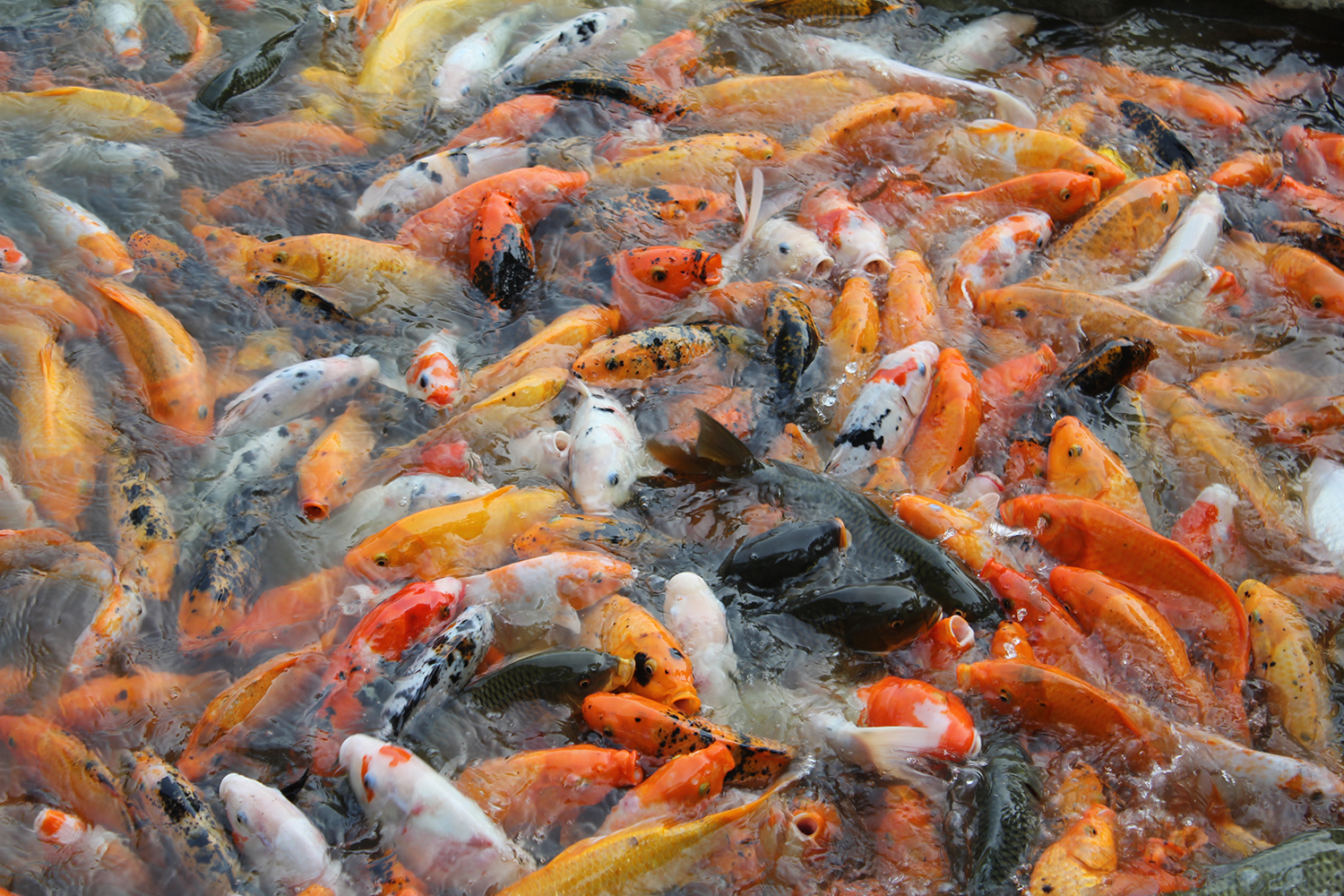
Fish are distinguished by a vibrant and diverse palette of body colors, which vary significantly across species, populations, and even individuals. These color variations are not merely aesthetic but serve crucial biological functions such as communication and reproduction, as well as camouflage and predation, which are essential for the survival of many fish species. In the context of sexual dimorphism, coloration is particularly pivotal during mating. And pigmentation is vital for the growth and development of fish, providing protection against DNA damage from excessive ultraviolet radiation, which can lead to skin lesions, developmental abnormalities, or even unexpected mortality.
Beyond its biological significance, coloration in fish is a key economic trait in aquaculture, influencing market value profoundly. Ornamental species are prized for their vivid colors and unique shapes, while species like red tilapia are valuable due not only to their vibrant color but also to their taste and nutrition. The market value of several fish species increases with the intensity of their body coloration, underlining the economic importance of pigment traits. Consequently, the controlled and effective enhancement of color traits through genetic selection remains a focal point in aquaculture.
The underlying determinants of fish skin color involve intricate interactions among various pigment cells. Researchers have shown that while many pigment cells share a common intermediate destiny, it is the differential regulation of genes and signaling pathways that dictate their fate. Additionally, the synthesis and accumulation of pigments within these cells are critical for color variability, influenced by the ratio of various pigments.
Furthermore, the determination of coloration is influenced by an interplay of genetic, environmental, dietary, and physiological factors, with genetics playing a particularly critical role. Over recent decades, advancements in genomics, transcriptomics, metabolomics, and proteomics have shed light on the regulatory networks that underpin color formation and have identified key genes regulating color variations. Alongside these advancements, techniques such as hybrid breeding, genomic selection, and gene editing have been successfully applied to breed fish with desired color traits.
This article – summarized from the original publication (Liu, J. et al. 2024. Harnessing Hue: Advances and Applications of Fish Skin Pigmentation Genetics in Aquaculture. Fishes 2024, 9(6), 220) – reports on a study on fish skin pigmentation, concentrating on the section on advances in breeding technologies for color traits in aquaculture. Other sections in the original publication but not covered here are the cellular and molecular basis of pigmentation, and factors influencing pigmentation.
Breeding for color traits
To enhance the skin color and economic viability of cultured and ornamental fish species, researchers continue to delve into the genetic regulatory mechanisms underlying pigmentation. By harnessing cutting-edge breeding technologies such as gene editing, selective breeding, and hybrid breeding, researchers are able to pinpoint and manipulate the genetic determinants of pigmentation, propelling the development of targeted breeding strategies in aquaculture.
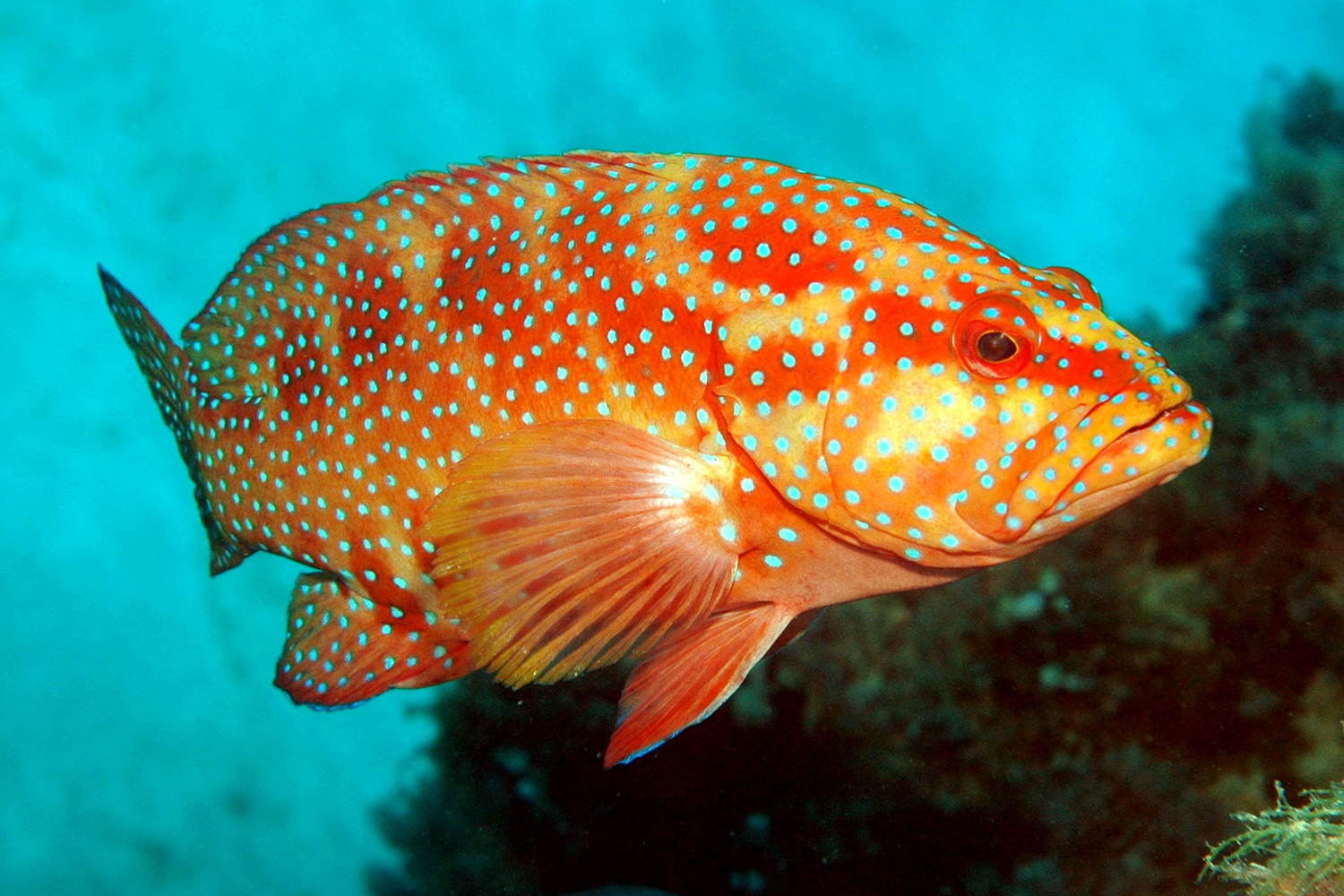
Gene editing
Gene editing, particularly through the CRISPR/Cas9 system, has revolutionized the precision with which we can alter the genetic makeup of organisms. This technology allows for the targeted modification of DNA to include many desirable outcomes and enabling researchers to directly assess gene function and trait manifestation.
Focused gene exploration by gene editing has been pivotal in expanding our understanding and manipulation of pigmentation pathways into aquaculture fish species. Researchers have shown that knocking out certain genes in common carp leads to the absence of melanin, creating golden mutants in the following generation. Utilizing CRISPR-Cas9 targeting some genes in Atlantic salmon, crucian carp, and zebrafish, scientists have probed various aspects of melanin regulation in these species.
Additionally, strategic disruptions in pigment-related genes using CRISPR-Cas9 have led to groundbreaking advances in the breeding of fish with desirable color traits. For instance, targeted knockouts in melanin-related genes have resulted in Nile tilapia variants displaying a pale-yellow coloration and reduced melanophore density, pivotal in the development of the golden Nile tilapia variant. Other gene editing research with genes critical for melanin synthesis has produced silver-white Nile tilapia variants, and Nile tilapia with gray and gray-black tails, illustrating the refined control achievable over pigment cell development.
Gene editing not only offers a pathway to deepen our understanding of genetic factors underlying fish pigmentation but also serves as a crucial technology for sustainable fishery development. Its ability to achieve precise trait incorporation rapidly and without introducing foreign DNA addresses both biosafety concerns and accelerates breeding cycles. Ongoing advancements in delivery techniques, such as microinjection, electroporation, and nanoparticle delivery, are expected to further enhance the efficiency and scope of gene editing in aquaculture. CRISPR-Cas9′s role in modern aquaculture exemplifies a shift towards more controlled and sustainable breeding practices, promising significant advancements in fish farming efficiency and genetic diversity preservation.
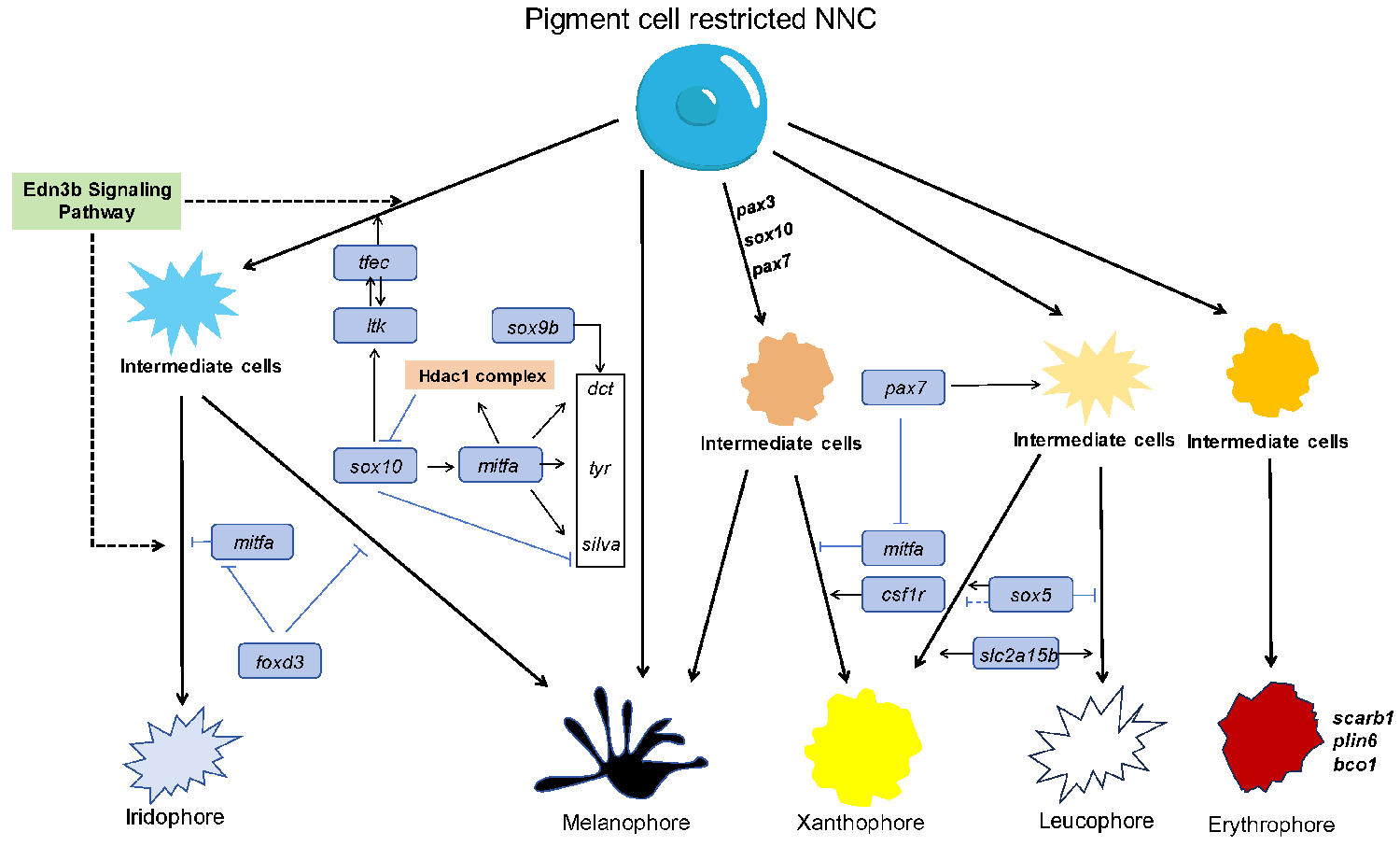
Selective breeding and genome-wide association studies
Selective breeding is instrumental in enhancing and manipulating fish coloration, a process critical for both commercial and conservation purposes. By strategically pairing individuals that exhibit desirable color traits, breeders can produce offspring with intensified hues. This selective process typically focuses on individuals displaying the most vibrant and distinct colors, facilitating the hereditary transmission of these traits. Achieving effective selection, however, necessitates a comprehensive understanding of the genetic foundations that link genotypes to phenotypes.
While this is relatively straightforward in instances where a single or a few genes govern the color trait, the complexity increases substantially when the trait is influenced by multiple genes or when the specific gene or cis-regulatory elements remain unidentified. Fortunately, advancements in next-generation sequencing technologies, coupled with decreasing costs, have empowered researchers and breeders to identify molecular markers linked to specific color traits. These markers can then be employed in marker-assisted selection or genomic selection strategies to precisely enhance color traits in fish populations.
Genome-Wide Association Studies (GWAS) utilize statistical methods to identify correlations between genetic variants – particularly single nucleotide polymorphisms (SNPs) – and phenotypic traits across a broad spectrum of aquatic organisms. This approach has been pivotal in researching growth, disease resistance, stress tolerance, and pigmentation traits in fish. GWAS not only aids in gene discovery but also significantly advances molecular marker-assisted breeding, enhancing both the precision and the efficiency of these processes.
Recent applications of GWAS have profoundly impacted the study of fish pigmentation, elucidating the complex genetic architecture that governs color traits in carps and other species. GWAS continue to be instrumental in other species such as the Yesso scallop, the giant grouper, and the large yellow croaker, where it has helped identify genes linked to traits like shell or skin color and growth, significantly enhancing aquaculture practices. These findings underscore the value of GWAS in uncovering the genetic foundations of economically important traits and in fostering the sustainable development of aquaculture.
As genomic technologies and methodologies continue to advance, the scope and impact of GWAS in fish research are expected to expand, offering more profound insights into genetic mechanisms and enabling more targeted breeding strategies. This ongoing evolution promises to refine our understanding of fish genetics and to support the conservation and enhancement of fish populations worldwide.
Selective breeding represents a fresh hope for microalgae as a feed ingredient
Hybrid breeding
Hybrid breeding – a method involving the crossbreeding of individuals from different populations, varieties, or subspecies – leverages genetic diversity to produce offspring with desirable traits. This method enhances phenotypic characteristics such as growth rate, disease resistance, stress tolerance and notably diverse color patterns, thereby increasing the adaptability, productivity, and economic value of the offspring.
Research has shown that complex color patterns in fish can emerge from the hybridization of simpler patterns, a phenomenon supported by mathematical models. For example, researchers documented the emergence of intricate, curved, worm-like and labyrinthine patterns in hybrids of white-spotted charr and Masu salmon, where bright and dark spots, respectively, combined to produce new patterns consistent with simulation predictions. Subsequent studies further elucidated the mechanistic underpinnings of these camouflaged labyrinthine patterns, finding strong associations with simple spot patterns across a broad analysis of 18,114 fish species, which underscored the robustness of the pattern blending hypothesis.
While traditionally utilized in the breeding of ornamental fish, targeted hybridization for color traits has also shown potential in modifying skin coloration in food fish, catering to niche market preferences. For example, hybrid groupers have demonstrated notable variations in skin color, including normal, white, and yellow hues, potentially enhancing market appeal.
Additionally, hybrid breeding offers a strategic approach to amalgamating favorable color traits with other advantageous characteristics like growth rates from different species or strains. This breeding technique also plays a crucial role in elucidating the genetic mechanisms underlying pigmentation.
Hybrid breeding is a powerful strategy in aquaculture, enabling the development of fish with tailored traits that not only enhance visual appeal and commercial value but also foster a deeper understanding of genetic and phenotypic evolution. As biotechnological advancements progress, and our understanding of fish pattern formation deepens, the precision and effectiveness of hybrid breeding for color trait enhancement are anticipated to advance, further solidifying its role in promoting sustainable aquaculture practices.
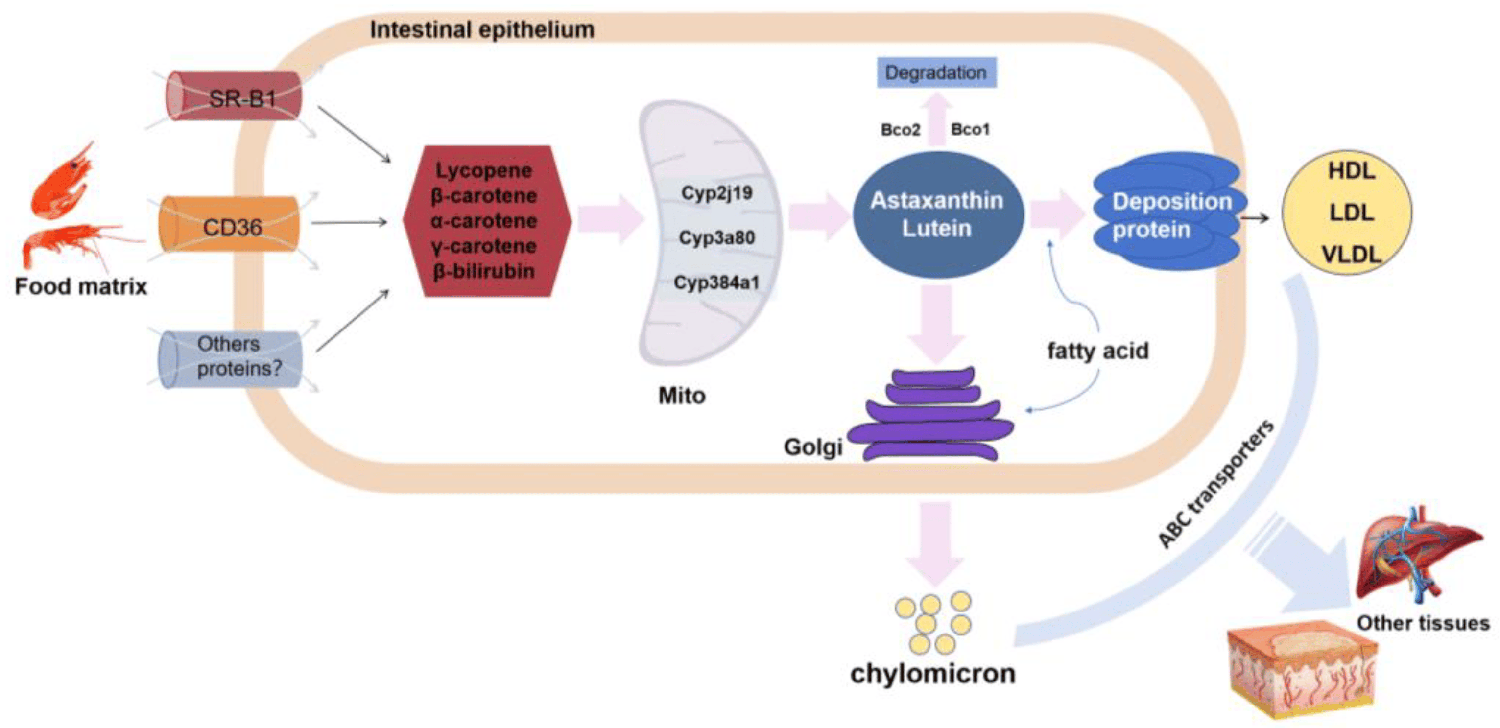
Perspectives
An intricate interplay of genetic, environmental, and nutritional factors governs the pigmentation in fish. Understanding these complex mechanisms is crucial not only for the scientific breeding of aesthetically and economically valuable aquaculture species but also for contributing to biodiversity conservation and ecological studies. While substantial advancements have been made, research on fish pigmentation continues to confront significant controversies and limitations.
Despite having identified numerous key genes responsible for the differentiation of neural crest cells, NCCs (particular embryonic cells that give rise to many other types of cells) into specific pigment cell types, our understanding remains limited regarding the specific mechanisms through which these genes are upregulated or downregulated along different developmental pathways. Moving forward, it is imperative that future studies focus on identifying and conducting a comprehensive analysis of the regulatory factors and their corresponding cis-regulatory elements. Such research will significantly deepen our understanding of the molecular mechanisms that control the formation of pigment cells in fish.
These findings suggest that further types of pigment cells are likely to be discovered across the diverse range of fish species. Moreover, cross-species comparative analyses of pigment cells are crucial for a comprehensive understanding of the interspecies variations in these cells. Our current knowledge is largely based on in-depth analyses of a limited number of model species. To advance our understanding and application of this knowledge, particularly in aquaculture, it is essential to broaden these studies to include a wider array of fish species.
Moreover, the influence of environmental factors like light exposure, dietary composition, and hormonal fluctuations on body coloration is well-documented but often studied only at the phenomenological level. There is a need for deeper molecular investigations to elucidate how these factors interact with genetic pathways to cause visible changes in pigmentation. While color traits are economically significant in aquaculture, they have received less attention compared to growth and stress resilience. Addressing this research gap could lead to more refined breeding strategies that enhance both the aesthetic and commercial values of aquaculture species.
The field of fish pigmentation genetics offers vast potential for enhancing our understanding of biological diversity and for applying these insights to improve aquaculture practices. As research methodologies advance and new genetic tools become available, the scope for developing innovative breeding strategies that emphasize pigment traits will expand, promising significant contributions to sustainable aquaculture and conservation biology.
Now that you've reached the end of the article ...
… please consider supporting GSA’s mission to advance responsible seafood practices through education, advocacy and third-party assurances. The Advocate aims to document the evolution of responsible seafood practices and share the expansive knowledge of our vast network of contributors.
By becoming a Global Seafood Alliance member, you’re ensuring that all of the pre-competitive work we do through member benefits, resources and events can continue. Individual membership costs just $50 a year.
Not a GSA member? Join us.
Author
-
Dr. Zhi Ye
Corresponding author
Key Laboratory of Tropical Aquatic Germplasm of Hainan Province, Sanya Oceanographic Institution, Ocean University of China, Sanya, China; and MOE Key Laboratory of Marine Genetics and Breeding, College of Marine Life Sciences, Ocean University of China, Qingdao, China
Related Posts
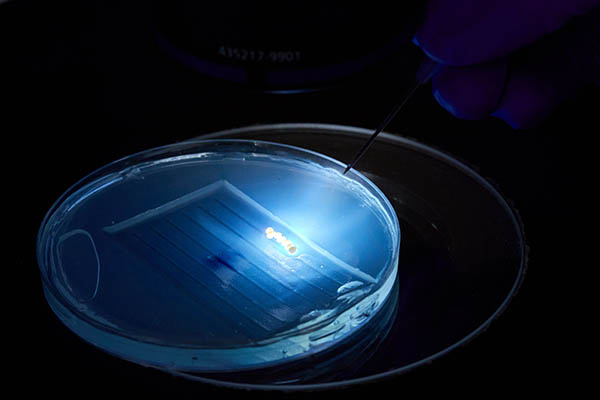
Intelligence
Could a new CRISPR gene editing technology lead to innovation in aquaculture?
Innovative CRISPR gene editing technology tailored for aquaculture improves safety and unimpeded legal accessibility compared to CRISPR-Cas9.
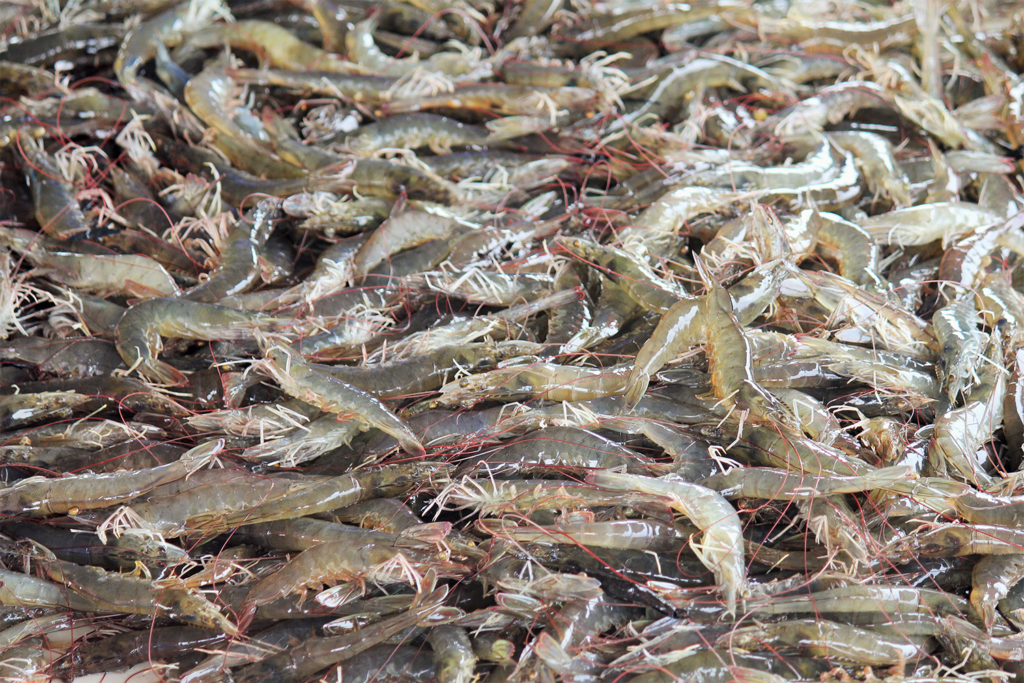
Innovation & Investment
A novel chromosome-level genome assembly of the Pacific white shrimp
A genome assembly of L. vannamei provides valuable resources for future genetic research, breeding and improvement of traits for aquaculture.
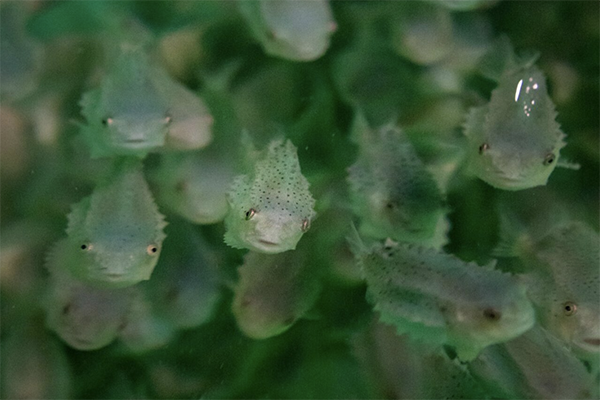
Innovation & Investment
Could new technology transform how salmon farming combats sea lice?
Sea lice plague salmon farms globally, but scientists and aquaculture are turning to technology to prevent and manage the pests.
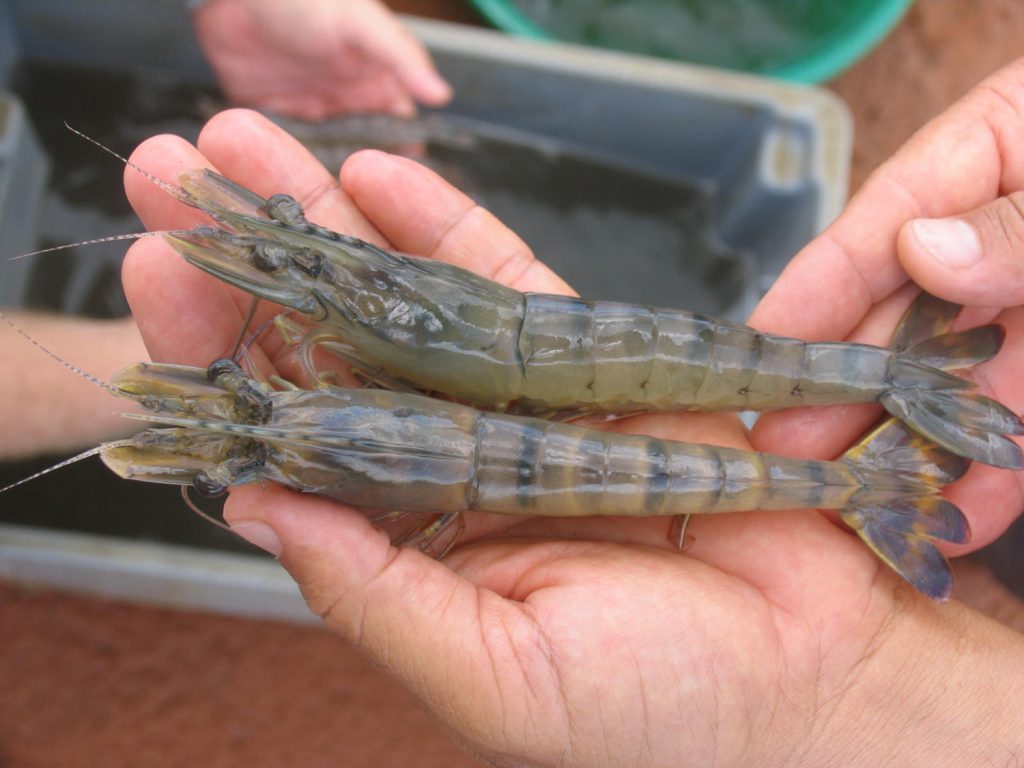
Health & Welfare
New circular DNA vaccines and heritable, anti-viral immunity possible for shrimp
Author evaluates production of new circular DNA vaccines and heritable anti-viral immunity for shrimp based on viral defense mechanisms.



